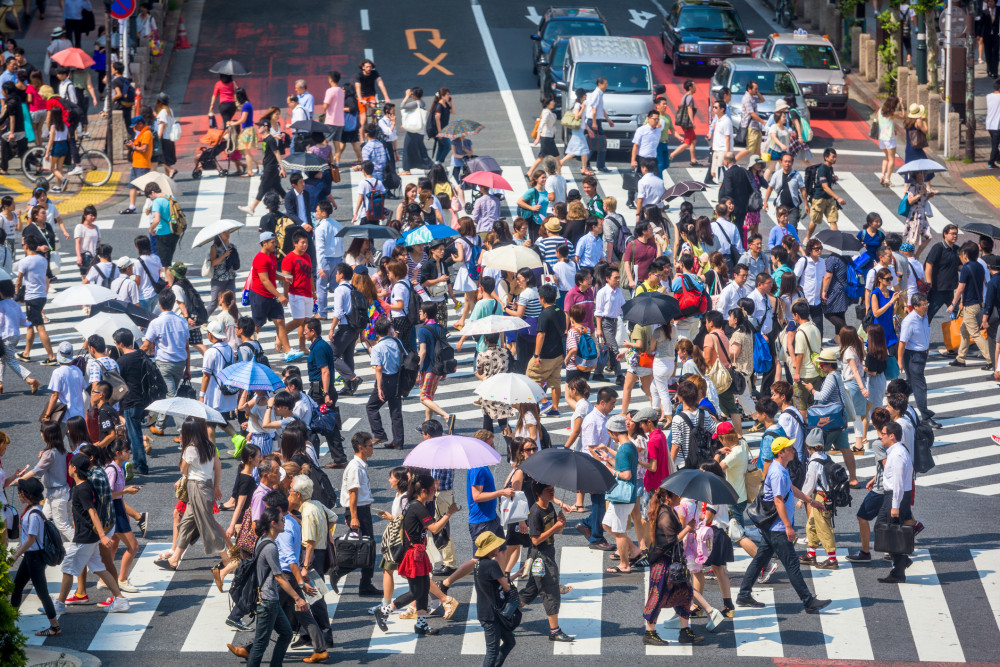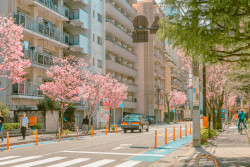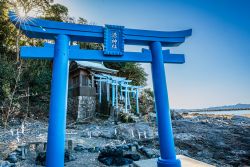
July 2, 2024

Beware – Temperatures This Summer Will Again be Dangerous
Here’s how to stay safe in Tokyo this summer
By Oliver Arlow
In what is becoming a worrying annual refrain, weather experts are warning that temperatures are going to be higher than normal across the country during the peak summer months from June until the end of August.
Temperatures were already hitting unseasonably high levels in April, with the Japan Meteorological Agency, reporting that the 26.1°C reported in central Tokyo on April 20 was a record high and a level not typically seen in the city until mid-June. The city of Sano, in Tochigi Prefecture, hit 27.9°C the same day.
And after the agency issued a nationwide caution about “once-in-a-decade” temperatures of close to 40°C in late July last year, it is warning of similar levels again this summer.
Summer in Tokyo
In its prediction for the period between mid-June and mid-July, the agency’s weather map – is alarming. The entire Japanese archipelago, from the northern tip of Hokkaido to the most southerly islands of Okinawa Prefecture, is marked in dark red, indicating there is a 70 percent or higher chance of above-normal temperatures.
The three-month forecast is only slightly more optimistic, with the southern islands still at 70 percent or higher, while Kyushu, Shikoku and most of Honshu are at 50 percent risk of above-average temperatures. Tohoku and Hokkaido get off relatively lightly, with “just” a 40 percent likelihood of an unusually hot summer.
The threat of heatstroke is real, health experts warn, with 164 people dying of heatstroke in central Tokyo’s 23 municipalities in the summer of 2023. The elderly accounted for the majority of the cases, with 76 percent aged 70 or older, according to the Tokyo Metropolitan Government Medical Examiner’s Office. Nationwide, more than 1,000 people died every year between 2018 and 2022, with the exception of the relatively cool summer of 2021.
And meteorological agency statistics indicate that between 40,000 and 90,000 people are admitted to hospitals across the country for heatstroke every year.
In an effort to reduce the death toll, the government introduced a new heatstroke alert system on April 24 that will issue warnings in 58 forecast areas across the country when the wet bulb globe temperature (WBGT) heat index is predicted to be 33 or above.
Details about alerts are available on the Ministry of the Environment’s Heat Illness Prevention Information website. Areas where the WBGT forecast is above 31 are marked in red on the map, areas where heat stroke alerts have been issued are in purple and the most extreme Special Heat Stroke Alerts are in black.
The WBGT index issues a caution when the level is between 21 and 25, recommending that anyone outside drink plenty of water to stay hydrated. Between 25 and 28, people are instructed to take regular breaks. A severe warning is issued when the index is between 28 and 31, with the recommendation to avoid strenuous exercise. Anything above 31 is listed as “danger” and the public is told to avoid all exercise.
Safety Measures in the Heat
The Ministry of Health, Labor and Welfare has also released measures that can be taken to prevent heatstroke. The condition is caused by an imbalance of water and salt in the body, meaning that thermoregulation does not function appropriately. Symptoms can include muscle aches, sweating, nausea and fatigue. In severe cases, a person can lose consciousness.
Precautions include drinking lots of water, even if a person is not thirsty. Use an electric fan or air conditioning indoors and reduce the temperature indoors by pulling curtains or lowering blinds to keep direct sunlight out.
The elderly, the young and those with disabilities are particularly at risk, the ministry cautions, and the ministry suggests using airy clothing and using chilled towels and ice to keep cool.
Outside, people should wear a hat or block the sun with a parasol, take advantage of shady areas, take regular breaks, wear loose-fitting and thin clothing and avoid going outside at times of peak temperatures. In extreme cases, people are told not to hesitate to call an ambulance and to go to hospital.
This page has been brought to you as a public service of the Yokohama Bluff Medical and Dental Clinic: bluffclinic.com







